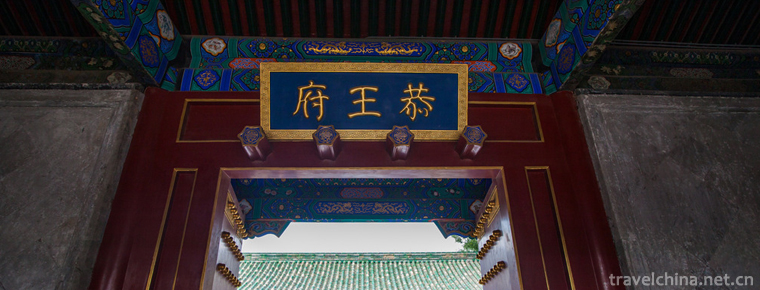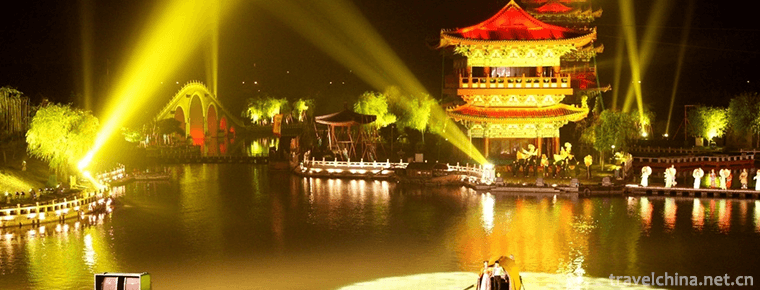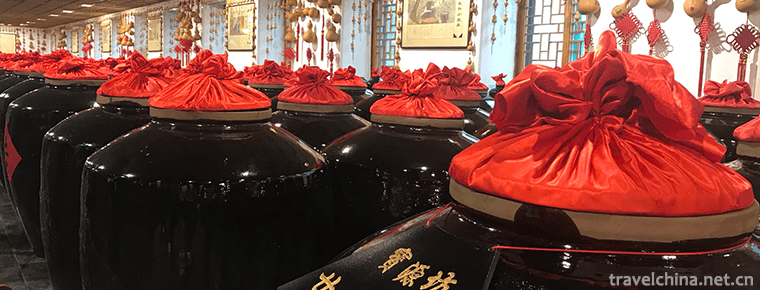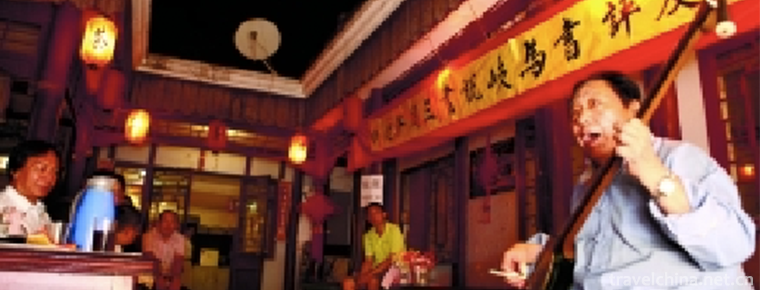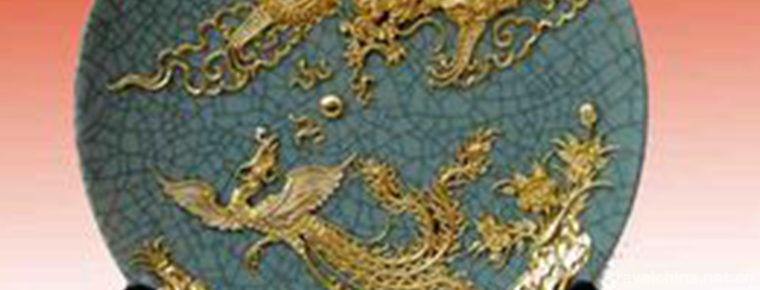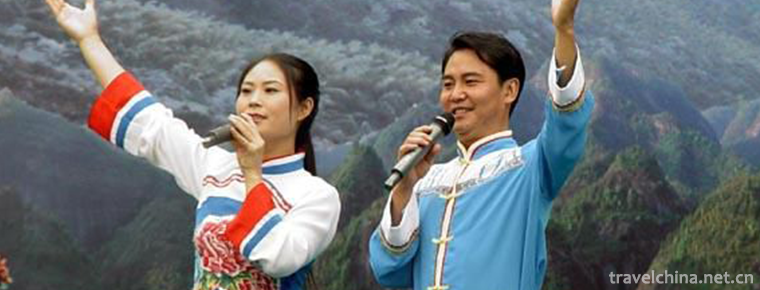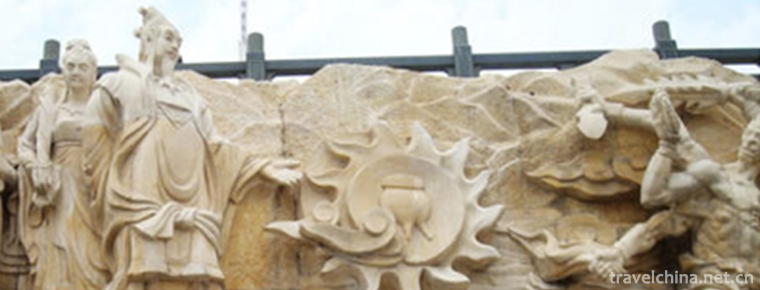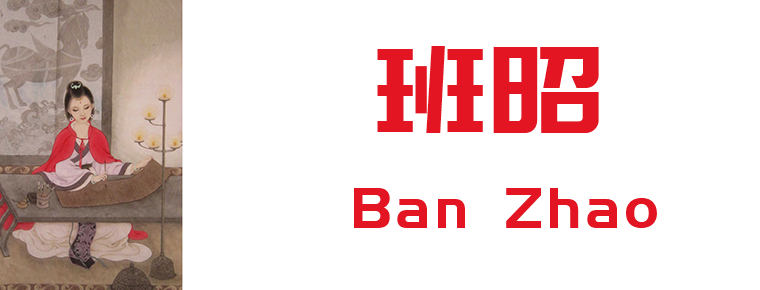Hequ folk songs
Hequ folk songs
Hequ folk song is a kind of traditional folk music. Shanxi's human geographical environment has formed the "Xikou" mode of life and production in which local people return to Daqingshan and Hetao in Inner Mongolia every spring and winter for short-term and long-term work. From this painful life of divorcing wife and son year after year, there naturally arises the folk song "Going to the West Pass", which sings about human suffering, thoughts, and expectations. The local people call it "Shanqu". The melody of Shanqu is composed of juxtaposition, echo and contrast, which contains rich aesthetic meanings. It is also of typical significance in reflecting the development history of Chinese folk songs and the living conditions of Chinese civil society.
On May 20, 2006, "Hequ Folk Song" declared by Hequ County of Shanxi Province was listed in the first batch of national intangible cultural heritage list with the approval of the State Council.
historical origin
Hequ folk songs are popular in Hequ County and northwest Shanxi, radiating the border areas of Shanxi, Shanxi and Mongolia provinces (regions). Hequ is located in the northwest of Shanxi Province, with the eastern boundary of Pianguan and Wuzhai, the southern boundary of Dalan and Baode, and the western and northern boundary of the Yellow River adjacent to Shaanxi and Inner Mongolia respectively. It is a special area of "one chicken and three provinces". Located in the bend of the Yellow River, the river meander was historically blocked by traffic, barren land, uncertain droughts and floods, and people suffered serious disasters. This special cultural and geographical environment has formed the way of life and production of local people who go to Daqingshan and Hetao in Inner Mongolia every spring and winter to do short-term and long-term work. From this painful life of divorcing wife and son year after year, there naturally arises the folk song of "going to the West Pass" which sings about human suffering, thoughts and expectations. The local people call it "Shanqu".
Shanqu belongs to the genre of folk songs. It has not yet been determined when it was formed, but the "Er Er Tai" formed on the basis of Shanqu has a history of about 200 years according to textual research. There is a record in the local chronicles of the Ming Dynasty river song "household chord song new governing score, children and old women singing as much as possible", which shows the long tradition of its singing. Hequ County has always been based on farming. Nine years of drought, famine and traffic congestion have gradually formed a special geographical environment for the growth and inheritance of traditional folk culture. Thus nurtured and gave birth to a unique style of Hequ folk songs, which is a precious artistic variety. It has gone through thousands of years of history of singing and gestation period, singing for a long time.
artistic characteristics
Hequ folk song is rich in content, covering all aspects of social life, it "see what to sing, think what to sing", to show the local folk customs. It uses such techniques as comparison, repetition, parallelism, overlap, symmetry, pun and exaggeration to express the joys and sorrows of life. The melody is simple, graceful, the interval jump is big, the tone is high and broad, the rhythm is relatively free, the colloquial decorative sound is more, has the distinct folk song flavor.
The lyrics of Shanqu are profound and rich in melody. In the winter of 1953, the National Music Research Institute of the Central Conservatory of Music (now the Music Research Institute of the Chinese Academy of Arts) first went to collect folk songs. In just three months, it recorded more than 1,500 lyrics and more than 150 melodies, including "Three days'journey, two days' arrival", "People are away", "Cutting naked oats", "Raising Brother to the West Pass", "True Soul Following You" Around","Brother in the East Sister in the West, Tianhe separated from the two ends"and so on are excellent handed down from generation to generation.
In terms of the structure of Ci and Song, they adopt the form of upper and lower sentences, which arouse the interest of the upper sentences and the expression of the lower sentences, often revealing a deep emotional state or depicting a lifelike picture of life, such as "mountains and waters are in the rock, people are not in you", "hear your brother sing, warm up on the cold windowsill" and so on are typical examples. The melody of Shanqu is composed of juxtaposition, echo and contrast, which contains rich aesthetic meanings. It is also of typical significance in reflecting the development history of folk songs and the living conditions of civil society.

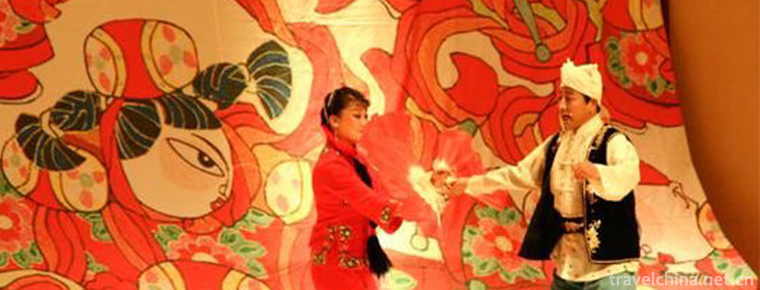
-
The Prince Gongs Mansion
Liu Yin Street, Xicheng District, Beijing, China.
Views: 212 Time 2018-10-12 -
Three Parallel Rivers of Yunnan Protected Areas
The three rivers running side by side are Jinsha River, Lancang River and Nujiang River, three rivers originating from the Qinghai-Tibet Plateau, running 170 kilometers from north to south in Yunnan P.
Views: 76 Time 2018-12-19 -
East China Bailey Winery
East China Wine Manor is located in Jiulongpo, Nanlongkou, Laoshan, Qingdao. It is the first European Wine Manor in China built strictly according to the European Wine Manor Model.
Views: 164 Time 2018-12-26 -
Shanghe Garden Scenic Spot in Qingming Dynasty
Qingming Shanghe Garden is a large-scale theme park of Song Dynasty cultural scenery constructed by the people's government of Kaifeng City in Henan Province.
Views: 176 Time 2019-02-07 -
Taiyuan Qingxu Baoyuan Old Vinegar Workshop
Taiyuan Qingxu Baoyuan Old Vinegar Workshop is located in Taiyuan City, Shanxi Province. It is the "Taiyuan Youth Heritage and Education Base". It has been awarded the "First Industrial.
Views: 171 Time 2019-02-13 -
Beijing storytelling
Beijing Book Review is a traditional art of rap and singing. Legend has it that Liu Jingting (1587-1668), a Southern Jiangnan storyteller, came to Beijing in the late Ming and early Qing Dynasties.
Views: 452 Time 2019-04-04 -
Xiamen lacquer line carving skills
Xiamen lacquer line carving technique is to use old brick powder, large paint and cooked tung oil as raw materials to mix, repeatedly beat into soft and resilient clay (commonly known as "lacquer.
Views: 85 Time 2019-06-12 -
Cross stitch
Flower picking, a kind of drawing work, also refers to a needle method of embroidery, Chinese folk traditional handicraft. Also known as "pick weave", "cross embroidery", "cro.
Views: 230 Time 2019-06-21 -
Xingguo Folk Song
Xingguo Folk Song has a long history. It is said that it was sung by woodcutters who built A Fang Palace in Xingguo in the late Qin Dynasty. Xingguo folk songs are lively, diverse in form and full of .
Views: 111 Time 2019-07-08 -
Legend of Dayu
Dayu's water control is a great project in the ancient times of our country. It once benefited mankind and became a symbol of the strength and wisdom of the ancient people of our country. Until the Sp.
Views: 200 Time 2019-07-16 -
Ban Zhao
Ban Zhao (about 45 years - about 117 years), also known as Ji, the word Hui ban. Fufeng An Ling (now northeast of Xianyang, Shaanxi), a historian and a writer of Eastern Han Dynasty. historian Ban Bi .
Views: 289 Time 2019-09-11 -
Neijiang secondary industry
By the end of 2019, there were 329 Industrial Enterprises above Designated Size in Neijiang City, and the added value of industries above designated size increased by 9.5%. The added value of the five traditional pillar industries increased by 9.8%, including.
Views: 332 Time 2020-12-16
